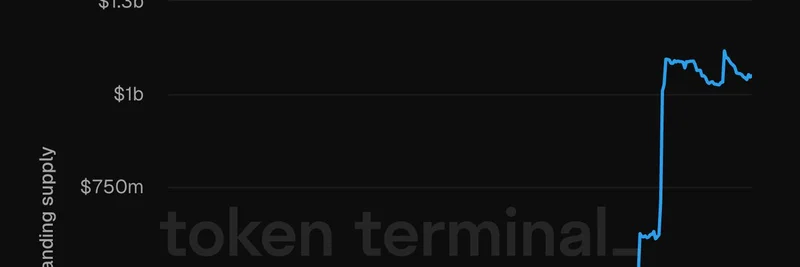Jeremy Allaire, the CEO of Circle, recently took to X (formerly Twitter) to highlight a major development in the crypto space. In his post, he quoted Circle's official account praising the Commodity Futures Trading Commission (CFTC) for pushing forward with tokenized collateral and stablecoins. Allaire emphasized how stablecoins can lower risks and boost capital efficiency in markets, calling the CFTC's move a "big step" toward embracing this future.
What's the Buzz About?
For those new to the term, stablecoins are cryptocurrencies designed to maintain a steady value, often pegged to assets like the US dollar. Think of them as the reliable anchors in the volatile sea of crypto trading. USDC, issued by Circle, is one of the top players here, backed by reserves and used widely for payments, trading, and DeFi (decentralized finance) activities.
The CFTC's initiative, detailed in their press release, stems from recommendations by their Global Markets Advisory Committee. Acting Chairman Caroline D. Pham is leading the charge, aiming to integrate tokenized assets—essentially digital versions of traditional collateral—into derivatives markets. This could mean using stablecoins as collateral for futures and options, making things faster, cheaper, and more efficient.
Pham described it as part of the "Golden Age of Crypto" in the US, focusing on modernizing markets and driving economic growth. Industry bigwigs from Coinbase, Crypto.com, Ripple, and Tether chimed in with support, highlighting benefits like 24/7 liquidity, reduced risks, and clearer regulations.
Why This Matters for Meme Tokens
At Meme Insider, we're all about meme tokens—those fun, community-driven coins like Dogecoin or newer viral sensations that capture internet culture. But how does this CFTC push connect to the meme world?
Stablecoins like USDC are the lifeblood of meme token trading. On platforms like DEXs (decentralized exchanges) such as Uniswap or Solana-based ones, traders often pair meme coins with stablecoins for liquidity pools. If the CFTC greenlights stablecoins as trusted collateral in regulated markets, it could spill over into broader crypto adoption.
Imagine smoother integrations between traditional finance and DeFi, where meme tokens thrive. Lower risks mean more institutional money flowing in, potentially stabilizing wild price swings in meme coins. Plus, tokenized collateral could open doors for innovative meme-related NFTs or assets to be used in derivatives, blending humor with high finance.
This isn't just regulatory jargon; it's about making crypto more accessible and efficient for everyone, from degens flipping memes to serious blockchain practitioners.
Looking Ahead
The CFTC is open to feedback until October 20, 2025, inviting stakeholders to weigh in on pilot programs and rule changes. If you're in the space, check out the submission portal to share your thoughts.
Moves like this signal growing mainstream acceptance of crypto tech. For meme token enthusiasts, it could mean more tools, better liquidity, and exciting new ways to engage with the market. Stay tuned as we track how this evolves and impacts the meme ecosystem.

